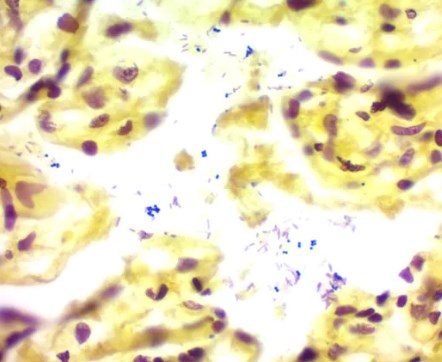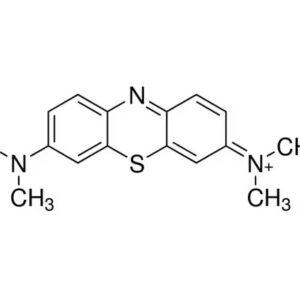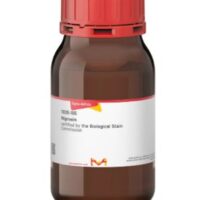Description
for microscopy, used for differentiation of bacteria on the basis of their gram nature.
General description
The Gram staining kit is used in differential staining technique that is most widely applied in all microbiology disciplines laboratories. It is one of the most important criteria in any identification scheme for all types of bacterial isolates. There are many physiological differences between gram-positive and gram-negative cell walls. Ever since Christian Gram has discovered Gram staining, this process has been extensively investigated and redefined. In practice, a thin smear of bacterial cells is stained with crystal violet, then treated with iodine containing mordant to increase the binding of the primary stain. A decolorizing solution of alcohol or acetone is used to remove the crystal violet from cells which bind it weakly and then the counterstain safranin is used to provide color contrast in those cells that are decolorized. In a properly stained smear by gram staining procedure, the gram-positive bacteria appear blue to purple and gram-negative cells appear pink to red
Application
The Gram staining method is one of the most important staining techniques in microbiology. It is also the most important criteria in any identification scheme for all types of bacterial isolates to differentiate the gram-positive and gram-negative bacteria.
Components
Kit contains (250ml each):
Gram′s crystal violet Solution
Gram′s iodine Solution
Gram′s Decolorizer Solution
Gram′s safranin Solution
Gram′s crystal violet Solution
Gram′s iodine Solution
Gram′s Decolorizer Solution
Gram′s safranin Solution
PROPERTIES
grade
for microscopy
Agency
according to GB 4789.30-2016
product line
BioChemika
shelf life
limited shelf life, expiry date on the label
technique(s)
microbe id | staining: suitable
antibiotic activity spectrum
Gram-negative bacteria
Gram-positive bacteria
application(s)
clinical testing
environmental
food and beverages
pharmaceutical
suitability
bacteria





Reviews
There are no reviews yet.